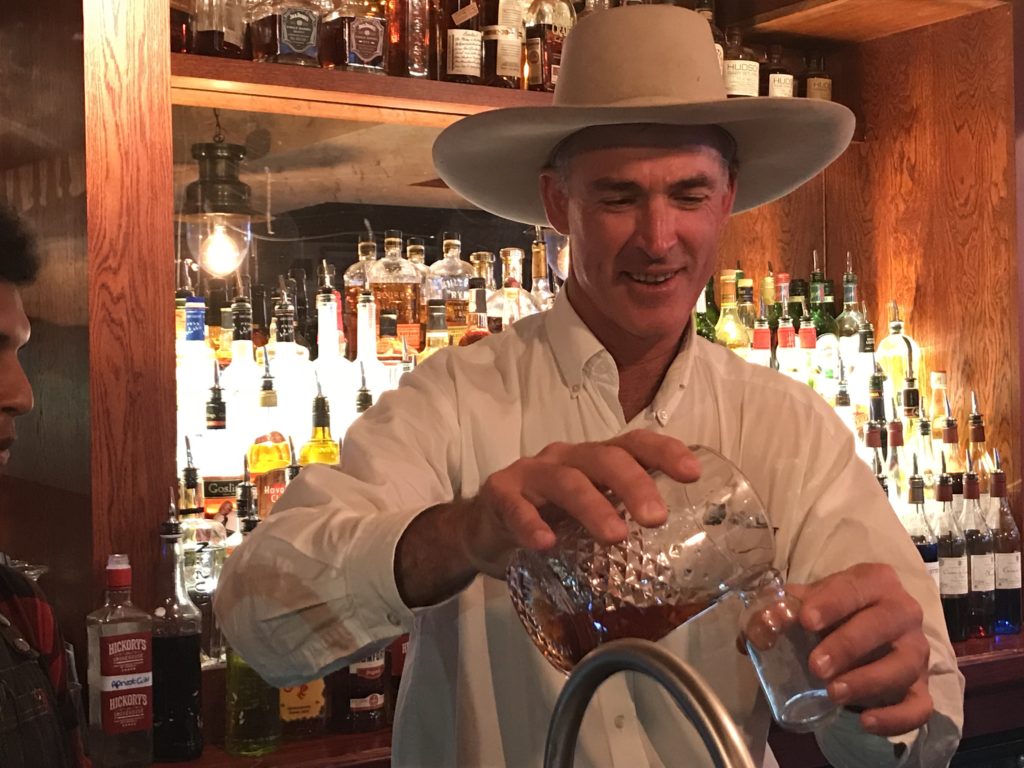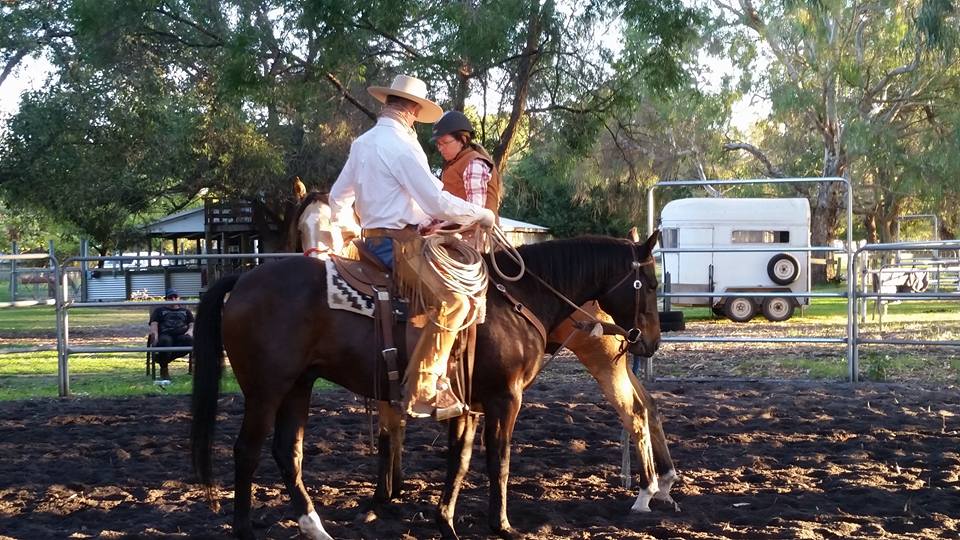
Here we are at the end of February, with March already upon us. Many of us in Australia have now had rain, to see the country change from dust to mud and green grass will have many smiling. At home it has been a busy year as usual from feeding stock and general stock work to starting horses and a home course. My Australian course schedule starts in March with courses in Brisbane, Qld and Perth, W.A. to a course outside of Sydney, N.S.W. in April. More info can be obtained from the website or email me at: info@davidstuart.com.au I have added a horsemanship article below, I trust all enjoy the read.

First Ride Outside
The eye is the window to the mind is a sentence that many have heard before. When you put your shingle out at the front gate saying that you start horses or give horsemanship courses to the general public, an array of different horses come through the front gate. Some of those horses are very talented, athletic horses and others not. I heard Buck quoting Ray Hunt one day, about an example where a rider did not have one of those talented athletic horses and Ray said that while you may not be able to make a silk purse out of a sow’s ear you can still make a purse.
I thought that this was very true and another reminder, the better our horsemanship is the more that is reflected through the horse.
Many horses will go on to be nice saddle horses regardless, of what we do, as some don’t. Over the years I really noticed some of those talented and athletic horses were not always easy to get along with. What I also learnt was that I wanted those horses to be my friend, as I did not need then working against me. As my presentation improved and I did not bring that self preservation out of the horse, there was less bucking etc and more progress. I am not saying that the horse would not get scared, but by slowing down the horse got more sure of things. As my feel and timing improved the horses would change and you could see their eye soften and their body demeanour soften.
This is very much a road of constant and never ending improvement.

















Recent Comments